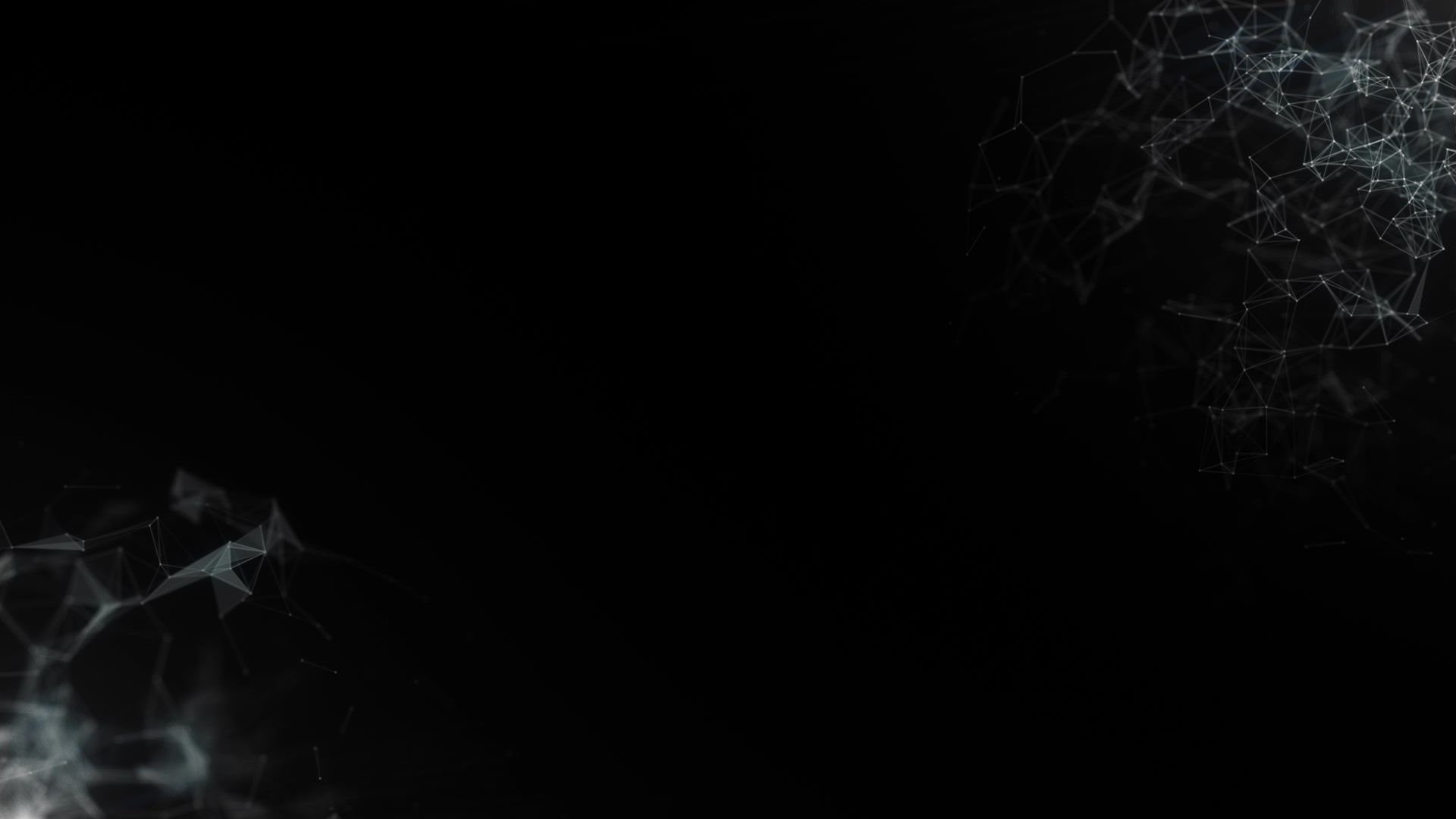Cosmos - Episode 12: Galactic Encyclopedia and the Legacy of Champollion
- Alberto Pisabarro

- Jul 10
- 3 min read
"What counts is not what sounds plausible, not what we would like to believe, nor what a few witnesses claim, but only what is supported by solid and rigorously examined evidence. Extraordinary claims require extraordinary evidence."
This episode is a tribute to the scientific imagination. Here, Sagan ventures into the realm of speculation: what if there were other civilizations in the cosmos? How could we communicate with them? What stories would their encyclopedias tell?
"Galactic Encyclopedia" explores the possibility of intelligent life beyond Earth. An episode about signs, messages, and the human desire to not be alone.
A story of search
Sagan reviews the history of our cosmic curiosity, from the earliest astronomers who imagined other inhabited worlds to the SETI programs that scan the skies for signals.
It explains how we might encode information to send to other civilizations, and how we might recognize a message arriving from a distant corner of the galaxy.
The universal language of mathematics, the laws of physics, the spectra of elements: all of this could be our cosmic alphabet.
Carl Sagan pays tribute to Jean-François Champollion, the brilliant French linguist who deciphered Egyptian hieroglyphics, a language that had remained incomprehensible for over a thousand years. Using the Rosetta Stone—a fragment of a stele inscribed in three different scripts—Champollion compared the Greek, Demotic, and hieroglyphic texts, identifying phonetic patterns that allowed him to understand the ancient language of the pharaohs. Sagan presents Champollion not only as a scholar but as a symbol of the power of human knowledge to break through the barriers of time and incomprehension, allowing us to hear the voices of a civilization lost for millennia.
Jean-François Champollion, the French linguist who deciphered Egyptian hieroglyphics thanks to his study of the Rosetta Stone, was inspired by his early teachers such as Silvestre de Sacy, who instilled in him a passion for oriental languages.
The possibility of the other
The episode doesn't descend into sensationalism. There are no green Martians, but rather a scientific look at what would be reasonable to expect.
Sagan analyzes the statistical probability of intelligent life based on the number of stars and planets in the Milky Way. He raises fundamental questions:
Would they be similar to us? Would we even be able to recognize their way of life or thinking? What would we do if they responded to us?

Beyond anthropocentrism
One of the most valuable contributions of this episode is its effort to break human bias. It invites us to consider that other civilizations might have radically different timescales, modes of perception, or forms of knowledge.
The galactic encyclopedia would be, in that sense, an infinite archive of ways of being, thinking and existing.
Interesting curiosities
Real experiments in interstellar messaging are shown: such as the Golden Record of the Voyager probes.
Forms of binary coding for cosmic communication are analyzed.
Sagan mentions real scientific projects to search for exoplanets and radio signals.
Reference is made to hypothetical civilizations of types I, II and III according to the Kardashev scale.

Key themes of the episode:
Search for Extraterrestrial Intelligence (SETI).
Designing messages for other civilizations.
Mathematics and physics as universal languages.
Risks and hopes of interstellar contact.
Scientific imagination as a tool of knowledge.
Final reflection
“Encyclopedia Galactica” is both a scientific exploration and a statement of humility. Sagan reminds us that our civilization is only just beginning to write its first page in the book of stars.
And yet, in seeking others, we also find ourselves. Because in every attempt at communication, what we reveal is not only what we know… but what we value.
With this fascinating episode, Carl Sagan invites us to imagine not only our place in the universe, but also the impact we could have on it. What story would the stars tell about us? See you in the next and final episode of Cosmos, "Who Speaks for the Earth," where we'll close this cosmic journey with a reflection on our past, present, and future.








Comments